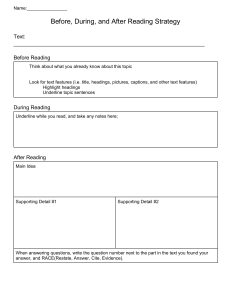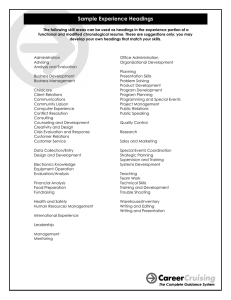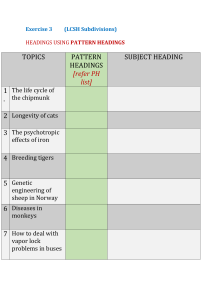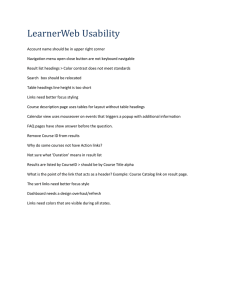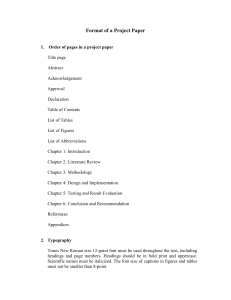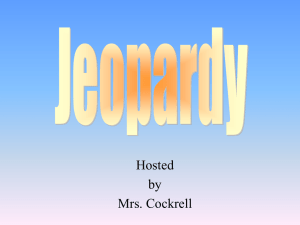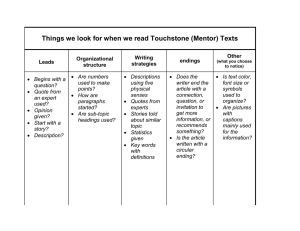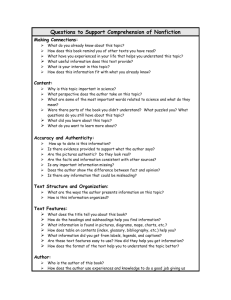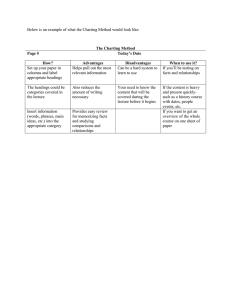Using Textbooks
advertisement
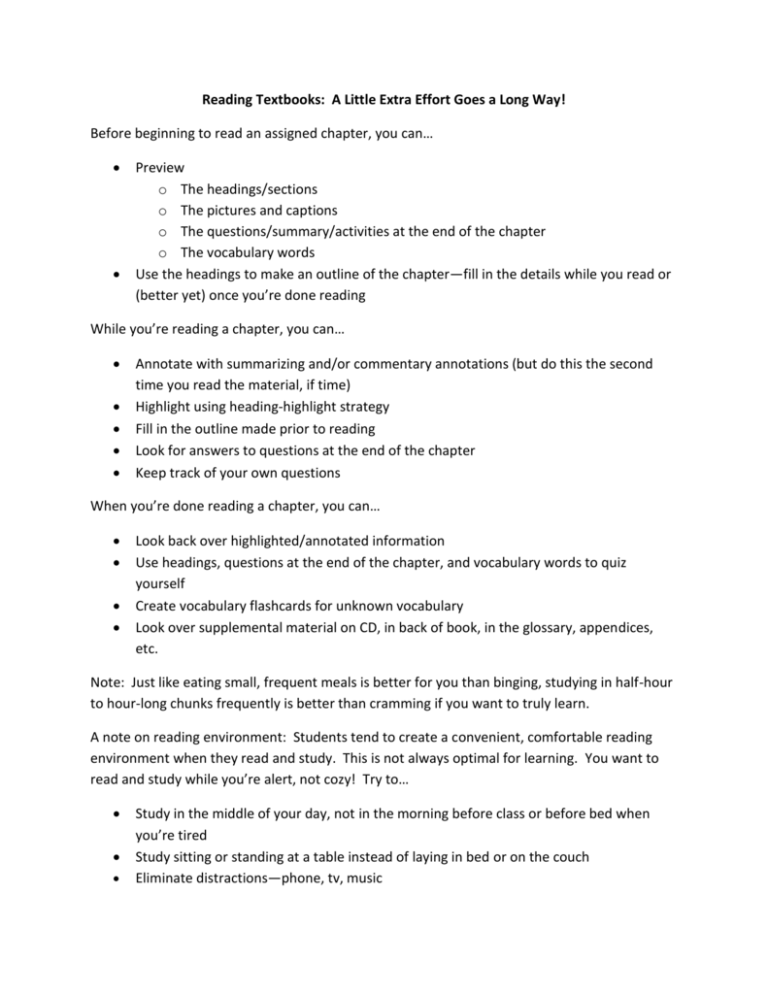
Reading Textbooks: A Little Extra Effort Goes a Long Way! Before beginning to read an assigned chapter, you can… Preview o The headings/sections o The pictures and captions o The questions/summary/activities at the end of the chapter o The vocabulary words Use the headings to make an outline of the chapter—fill in the details while you read or (better yet) once you’re done reading While you’re reading a chapter, you can… Annotate with summarizing and/or commentary annotations (but do this the second time you read the material, if time) Highlight using heading-highlight strategy Fill in the outline made prior to reading Look for answers to questions at the end of the chapter Keep track of your own questions When you’re done reading a chapter, you can… Look back over highlighted/annotated information Use headings, questions at the end of the chapter, and vocabulary words to quiz yourself Create vocabulary flashcards for unknown vocabulary Look over supplemental material on CD, in back of book, in the glossary, appendices, etc. Note: Just like eating small, frequent meals is better for you than binging, studying in half-hour to hour-long chunks frequently is better than cramming if you want to truly learn. A note on reading environment: Students tend to create a convenient, comfortable reading environment when they read and study. This is not always optimal for learning. You want to read and study while you’re alert, not cozy! Try to… Study in the middle of your day, not in the morning before class or before bed when you’re tired Study sitting or standing at a table instead of laying in bed or on the couch Eliminate distractions—phone, tv, music
